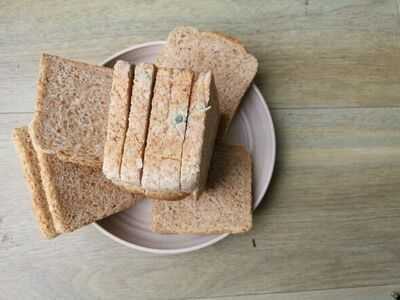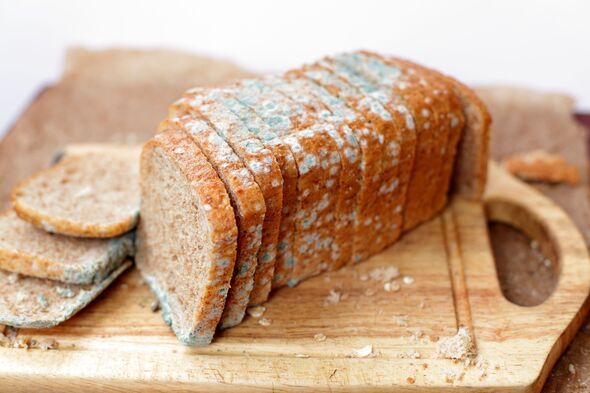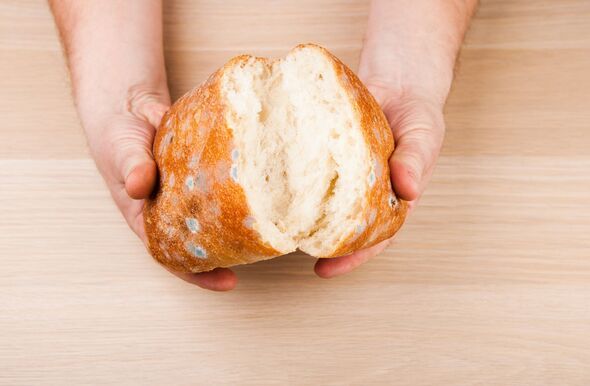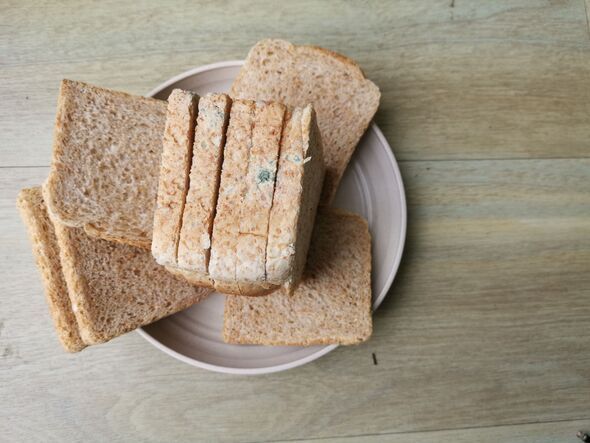

Brits are being warned not to sniff mouldy bread, with experts saying doing so could trigger serious breathing problems. The warning comes amid concerns over how many people try to judge the freshness of their bread by smelling it, even after mould has appeared.
Mouldy bread is a common issue in kitchens across the country, but experts say not everyone understands the risks. Some types of mould produce invisible toxins, while others can cause allergic reactions or infections, especially in vulnerable people. And although some cheeses are made using mould, bread is different and should never be eaten if mould is visible on it.

Food safety experts strongly advise against trying to scrape mould off or salvage the rest of the loaf once spots have appeared.
The experts at Healthline also stressed: "Avoid smelling moldy bread, as you may inhale spores from the fungus. If you have an allergy to mold, inhaling it could lead to breathing problems, including asthma."
They also warn that in rare cases, inhaling certain moulds, like Rhizopus, which can grow on bread, could cause serious infections in people with weakened immune systems.
Even if the mouldy patch looks small, the fungus can spread deep into the bread through microscopic roots.
That means the entire loaf is likely contaminated, even if most of it looks fine.

The USDA's Food Safety and Inspection Service also recommends throwing away any bread with visible mould, warning that some fungi produce toxins called mycotoxins, which can cause stomach upset or more severe health issues.
These mycotoxins can survive even if the mould is removed and could also pose a risk to pets if they eat contaminated bread.
Experts say certain types of bread are more vulnerable to mould than others.
Gluten-free or preservative-free loaves tend to go off faster because they retain more moisture and don't contain chemicals like calcium propionate, which help prevent fungal growth.
To reduce the risk of mould, it's best to store bread in a cool, dry place or freeze it if you don't plan to eat it within a few days.
Healthline suggests using paper towels to absorb any moisture inside the packaging and only sealing bread once it's completely cool.
Vacuum-sealed or sourdough bread tends to last longer because of either packaging or natural acids that slow down mould growth.
But once a loaf is opened or exposed to air, the risk returns, so if you spot mould, don't take chances.